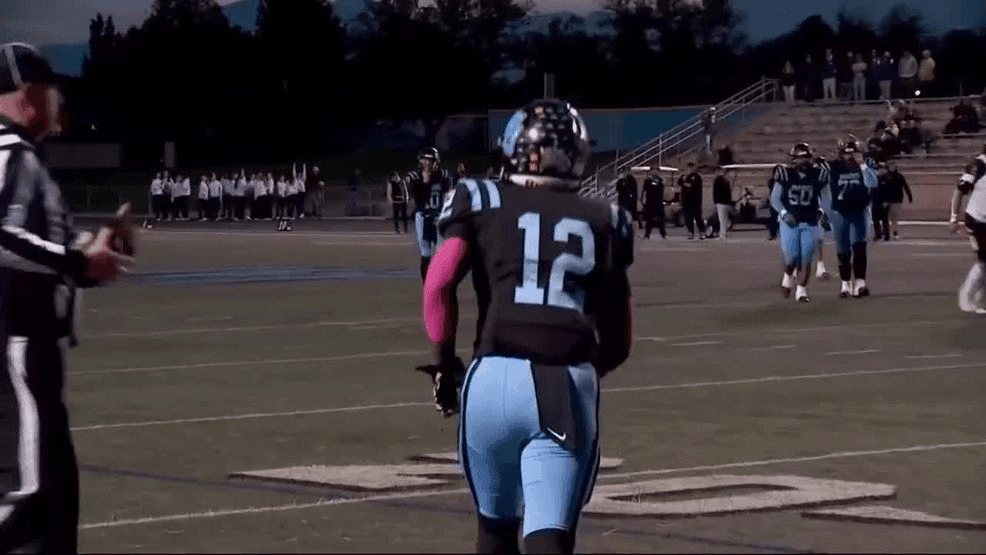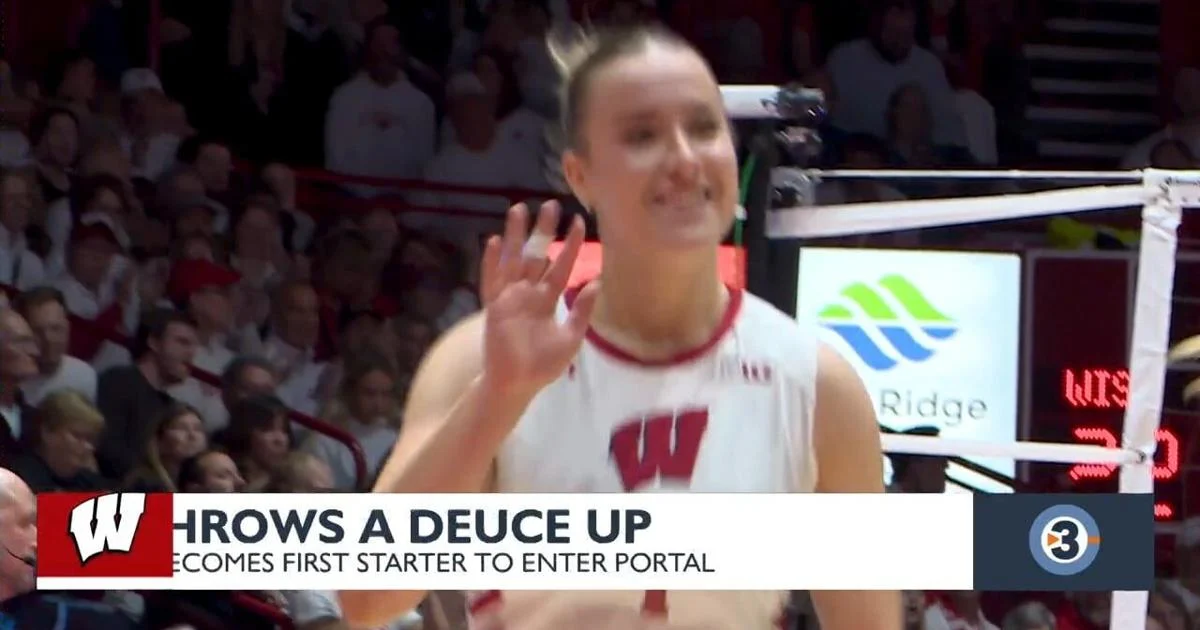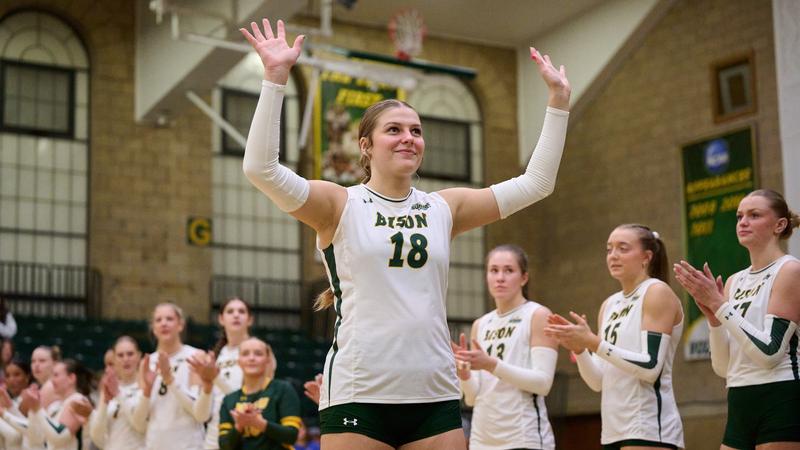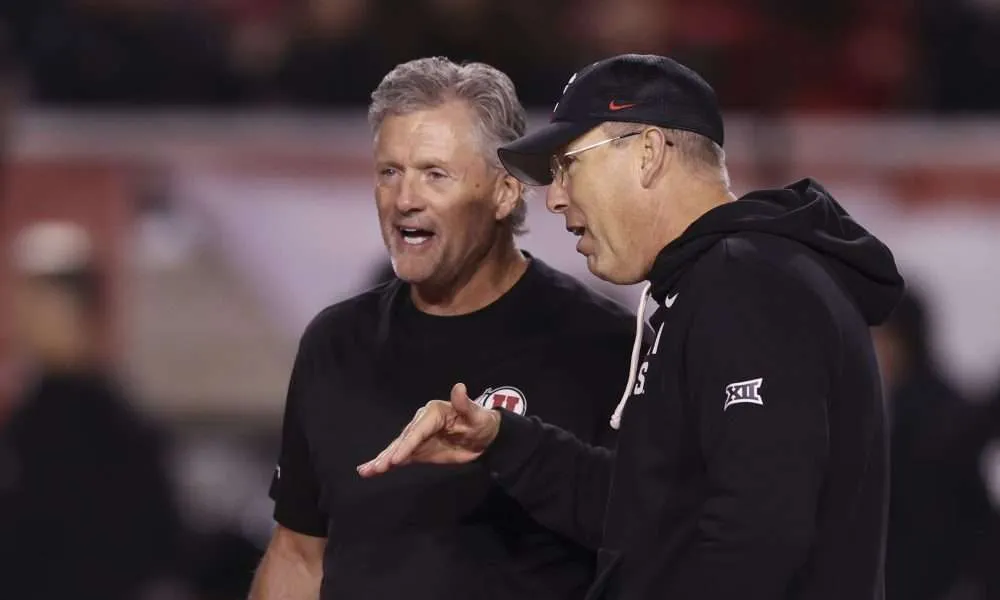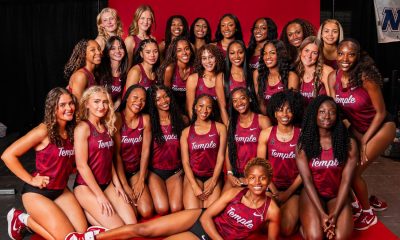SUWANEE, Ga. — The Southern Collegiate Athletic Conference (SCAC) today announced its 18th annual fall All-Sportsmanship teams. A total of 63 student-athletes – the most since 2011-12 – were selected to the 2025 squad in the sports of men’s cross country, women’s cross country, football, men’s soccer, women’s soccer and volleyball.
Since the inaugural All-Sportsmanship teams were honored in the fall of 2008, the SCAC has recognized over 2,500 student-athletes who each, in his or her own way, has displayed the league’s core belief in the value of honorable conduct.
For this year’s selections, each conference head coach was asked to elect one member from his or her team who displayed good sportsmanship throughout the season.
The 2025 SCAC All-Sportsmanship honorees for the fall sports season are listed below:
2025 All-Sportsmanship Men’s Cross Country Team
Centenary College – Zack Wroten, Fy., Benton, Louisiana
Colorado College – Luc Santos, Sr., Exeter, New Hampshire
Concordia University (Texas) – Gerardo Leal, Fy., Dallas, Texas
University of Dallas – Martin Lane, So., Hot Springs, South Dakota
Hendrix College – Davin Barragan, Fy., Hot Springs, Arkansas
LeTourneau University – Austin Jett, Jr., Magnolia, Texas
McMurry University – Roman Perez, Sr., Big Spring, Texas
University of the Ozarks – Daniel Sanderson, Sr., Clarksville, Arkansas
Schreiner University – Sean Dansby, Jr., Pasadena, Texas
University of St. Thomas – Mason McFeeters, Jr., Lake Jackson, Texas
Texas Lutheran University – Peyton Bristow, Fy., Round Rock, Texas
2025 All-Sportsmanship Women’s Cross Country
Centenary College – Grayson Shugart, So., McKinney, Texas
Colorado College – Brooktie Frogge, Sr., Nashville, Tennessee
Concordia University (Texas) – Camille McWhorter, Jr., Humble, Texas
University of Dallas – Teresa Chshen, Jr., River Ridge, Louisiana
Hendrix College – Pippy Newell, Fy., Owasso, Oklahoma
LeTourneau University – Alayna Galloway, Sr., Montgomery, Texas
McMurry University – Madison Soultanova, Sr., Jacksonville, Texas
University of the Ozarks – Chloe Weathers, Sr., Clarksville, Arkansas
Schreiner University – Piper Hoeke, So., Boerne, Texas
University of St. Thomas – Alejandra Ramon, Jr., Klein, Texas
Texas Lutheran University – Audrey Malbrough, So., Selma, Texas
2025 All-Sportsmanship Football
Austin College – Evan Dennis, Sr., McKinney, Texas
Centenary College – Gideon Bowman, So., Destrehan, Louisiana
Hendrix College – Auvic White, Sr., Munford, Tennessee
Lyon College – Grayson Johnson, Jr., Anniston, Alabama
McMurry University – Kimani Smith, Sr., Austin, Texas
Texas Lutheran University – Anthony Ortegon, Jr., Houston, Texas
2025 All-Sportsmanship Men’s Soccer
Austin College – Justin Ajdukovich, Sr., Frisco, Texas
Centenary College – Joshua Mensah, So., Baton Rouge, Louisiana
Colorado College – Will Jones, So., Colorado Springs, Colorado
Concordia University (Texas) – Steven Dolan, Jr., Bellevue, Washington
University of Dallas – Josh Longlois, So., Houston, Texas
Hendrix College – Charlie Mata, Sr., Houston, Texas
LeTourneau University – Nate Bransford, Sr., Kijabe, Kenya
McMurry University – Abel Gonzalez, Fy., Dallas, Texas
University of the Ozarks – Hunter Robert, Sr., Montgomery, Texas
Schreiner University – Derek Toney, Fy., San Antonio, Texas
University of St. Thomas – Elijah Flores, Sr., Missouri City, Texas
Texas Lutheran University – Preston Huff, Sr., Houston, Texas
2025 All-Sportsmanship Women’s Soccer
Austin College – Lynna Martin, Fy., Paris, Texas
Centenary College – Anna Hobart, Fy., Natchitoches, Louisiana
Concordia University (Texas) – Lilianna Cherry, Jr., Kingwood, Texas
University of Dallas – Kit Gibbons, Sr., Tomball, Texas
Hendrix College – Ella Kelly, Sr., Webster Groves, Missouri
LeTourneau University – Clarissa Martinez, Sr., Richwood, Texas
McMurry University – Alexandria Flores, Jr., San Angelo, Texas
University of the Ozarks – Jayden Vazquez, So., Dardanelle, Arkansas
Schreiner University – Aspen Ulibarri, So., Clovis, New Mexico
University of St. Thomas – Bre Medina, Fy., Pearland, Texas
Texas Lutheran University – Alysa Marquez, Jr., Miami, Florida
2025 All-Sportsmanship Volleyball
Austin College – Selah Coleman, Sr., Houston, Texas
Centenary College – Hannah Dimmel, Jr., Navasota, Texas
Colorado College – Meghan Gannon, Jr., Cleveland, Ohio
Concordia University (Texas) – Camryn Parker, Sr., Garland, Texas
University of Dallas – Breana Timms, Fy., Mansfield, Texas
Hendrix College – Lily Meyer, Sr., Omaha, Nebraska
LeTourneau University – Emma Smith, Sr., San Antonio, Texas
McMurry University – Jalie Miller, So., Rockwall, Texas
University of the Ozarks – Claire Zeiler, Fy., Paris, Arkansas
Schreiner University – Emma Frye, Jr., Tigard, Oregon
University of St. Thomas – Madi Baker, Jr., Rancho Cucamonga, California
Texas Lutheran University – Ryann Ely, Sr., Montgomery, Texas
To view an archive of past All-Sportsmanship teams, click here.

